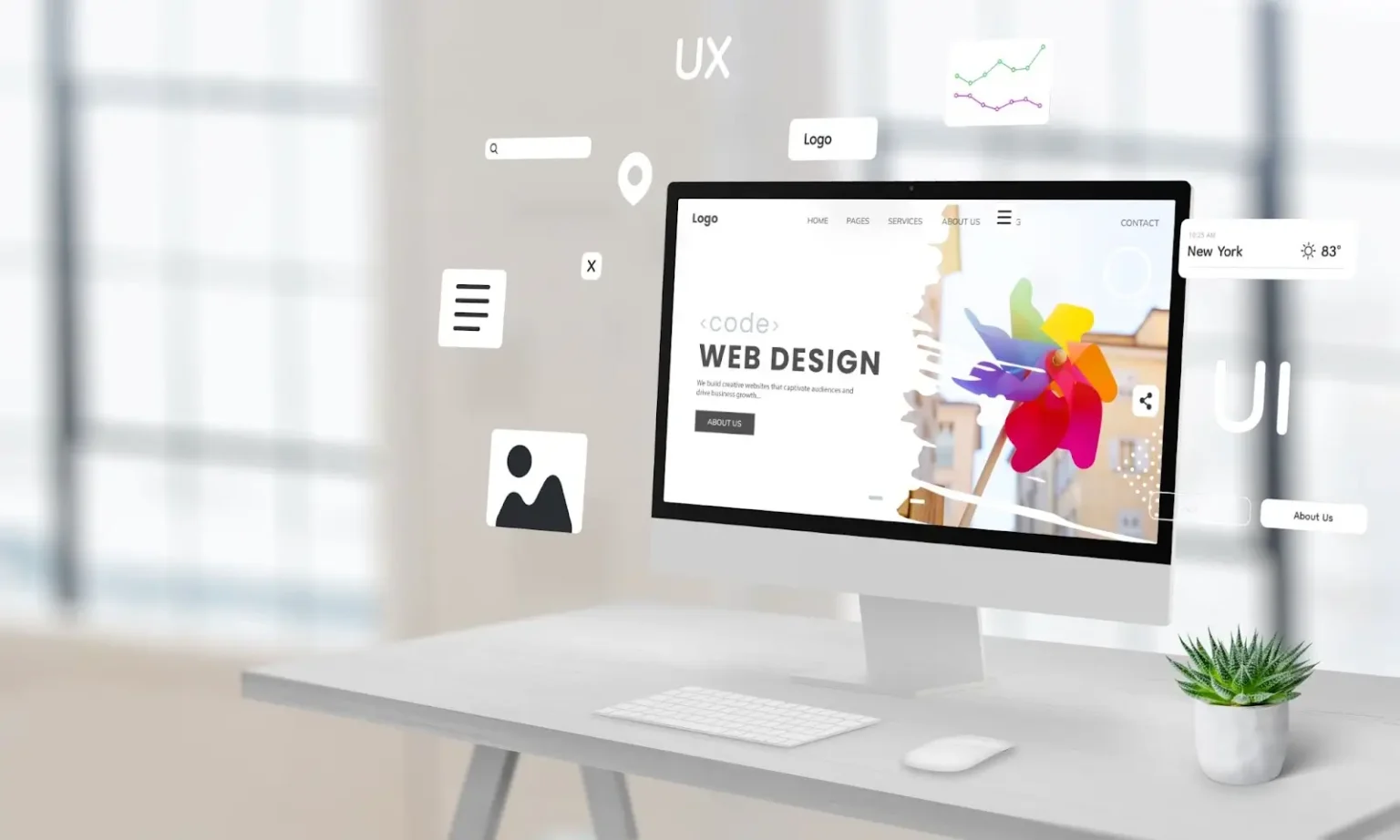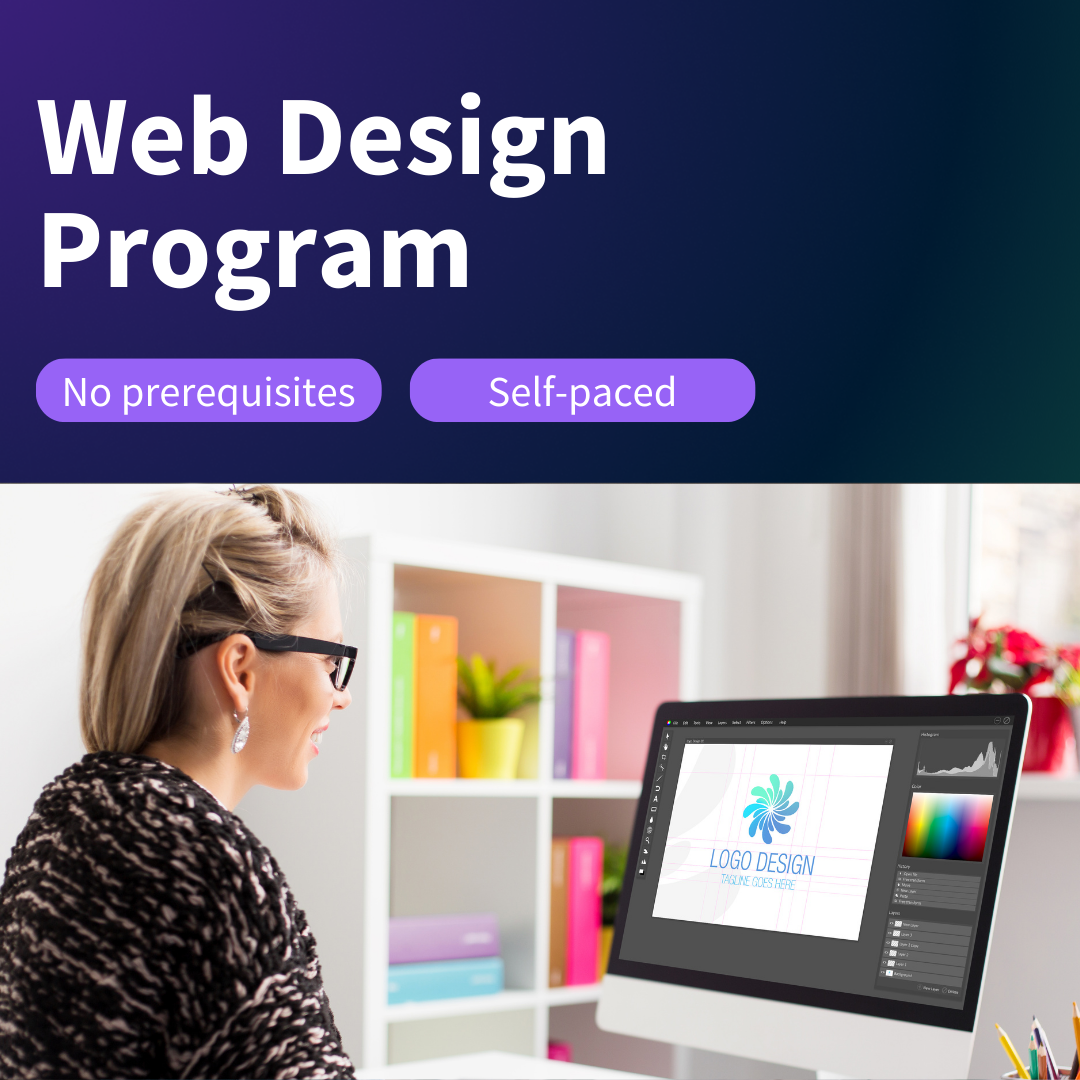How Web Design Johannesburg Enhances SEO and Brand Visibility
The Effect of Individual Experience on Effective Website Design Methods
User experience (UX) is a vital variable in the efficiency of web Design techniques. It includes functionality and accessibility, affecting just how users engage with a web site. A well-crafted UX can result in enhanced involvement and retention. Nevertheless, several designers neglect crucial parts that add to a positive experience. Comprehending these elements is essential for success. What certain approaches can boost UX and ultimately drive much better results?
Understanding Individual Experience: Interpretation and Value
Customer experience (UX) functions as an essential part in the domain of internet Design, basically forming how customers interact with electronic systems. It incorporates the total experience an individual has while steering a site, consisting of factors such as ease of access, satisfaction, and functionality. A properly designed UX not only improves user engagement however also influences individual retention and conversion rates. Understanding UX is important for designers, as it helps recognize customer demands and choices, enabling the creation of instinctive user interfaces. Concentrating on UX promotes a favorable emotional action from individuals, which is important for developing brand commitment. Ultimately, a solid focus on individual experience can lead to a successful electronic existence, making sure that sites efficiently satisfy individuals' assumptions and objectives.
Crucial Element of Efficient Website Design
Efficient website design depends upon several key components that improve user experience. Intuitive navigating, a well-defined aesthetic hierarchy, and receptive design versatility are crucial for ensuring and guiding users ease of access throughout devices. Comprehending these components can significantly impact the general effectiveness of an internet site.
Intuitive Navigating Design
Just how can intuitive navigation Design change a site visitor's experience on a website? Intuitive navigation simplifies the user's trip, allowing site visitors to locate information promptly and successfully. This kind of Design uses clear tags, logical structure, and familiar layouts to reduce complication. By prioritizing crucial web content and organizing it hierarchically, users can quickly find preferred web pages without unnecessary clicks. Additionally, responsive navigation elements, such as dropdown menus and breadcrumb trails, boost functionality throughout tools. Efficient intuitive navigation not only boosts user complete satisfaction however likewise minimizes bounce prices, encouraging longer website interaction. Eventually, a smooth navigation experience promotes a feeling of trust fund and self-confidence, making visitors most likely to return and explore further, therefore raising the overall success of the web site.
Visual Pecking Order Importance

A well-structured aesthetic pecking order plays an essential function in leading individuals through a web site's content, complementing the intuitive navigation Design that boosts overall customer experience. By prioritizing components such as size, positioning, comparison, and shade, designers can successfully draw focus to crucial details and contacts us to action. This organization enables customers to swiftly identify crucial areas, assisting in easier understanding and navigating. In addition, a consistent aesthetic power structure assists establish a natural brand identification, enhancing count on and interaction. When customers can easily refine info, they are most likely to interact positively with the website, ultimately resulting in higher conversion rates - Website Design Klerksdorp. Therefore, carrying out a clear visual power structure is a basic element of effective website design techniques, substantially influencing customer satisfaction and retention
Receptive Layout Adaptability
What makes a web site absolutely adaptable throughout different tools? Receptive format versatility is important for making certain suitable customer experience. This Design strategy utilizes fluid grids, adaptable pictures, and CSS media questions to readjust the format based upon the device's screen dimension and resolution. Effective responsive Design not just improves aesthetic allure however likewise boosts performance by permitting customers to navigate perfectly, no matter the system made use of. Key elements include prioritizing content pecking order, ensuring touch-friendly user interfaces, and keeping quick loading times. By concentrating on these facets, developers can produce websites that provide to diverse user demands, inevitably resulting in higher customer contentment and interaction. In today's digital landscape, adaptability is no longer optional; it is crucial for effective website design.
The Function of Navigation in Individual Experience
Effective navigating is important for boosting individual experience on web sites. It acts as a roadmap, directing individuals effortlessly with various sections and content. A well-structured navigation system minimizes confusion and irritation, permitting visitors to locate info quickly. Trick elements of effective navigating include quality, simpleness, and consistency. Clear tags help customers recognize where links will take them, while regular placement enhances familiarity across web pages. Additionally, a streamlined food selection can decrease cognitive overload, making it less complicated for users to make choices. Using breadcrumbs and dropdowns even more boosts usability by offering context and extra paths. Inevitably, strong navigation promotes customer complete satisfaction, motivates longer visits, and enhances the likelihood of conversions, strengthening its crucial function in effective website design techniques.
Responsive Design: Satisfying Individual Demands Throughout Devices
Receptive Design is increasingly important in fitting the diverse series of gadgets made use of to access the internet today. This strategy assures that internet sites provide an exceptional watching experience, no matter of display size or positioning. By utilizing fluid grids, flexible images, and media questions, receptive Design allows for seamless adaptation throughout tablet computers, smartphones, and desktops. This versatility not only enhances use yet likewise deals with varying user choices and contexts. With even more individuals counting on smart phones for on the internet interactions, the demand for receptive Design has become crucial in maintaining customer contentment and interaction. Services that prioritize receptive Design can better fulfill user assumptions, which ultimately adds to higher retention prices and improved total performance in the electronic landscape.
Enhancing User Involvement With Visual Design
Aesthetic Design plays a crucial role in boosting user engagement by leveraging aspects such as shade psychology, typography, and interactive functions. The critical use of shades can evoke psychological responses, while well-chosen typography boosts readability and aesthetic charm - Website Design Klerksdorp. In addition, incorporating interactive aspects promotes customer participation, producing an extra immersive experience
Color Psychology Consequences
Shade psychology plays an important function in forming user interaction within internet Design, as various hues can evoke unique feelings and affect actions. For circumstances, blue frequently communicates trust fund and reliability, making it a popular option for business web sites. On the other hand, red can cause necessity and enjoyment, regularly seen in call-to-action buttons. Green usually represents serenity and health, appealing to users in wellness and environmental sectors. By strategically selecting colors, designers can create an aesthetic power structure that overviews individual actions and improves the overall experience. Additionally, consistent color pattern add to brand name recognition and loyalty. Ultimately, recognizing the emotional impacts of color enables internet developers click for more to craft appealing interfaces that reverberate with individuals, causing improved interactions and conversions.
Typography's Role in Involvement
Efficient website design counts not only on color selections however also on typography, which greatly impacts user involvement. The choice of fonts, dimensions, and spacing can either take away or improve from a user's experience. Clear and legible typography enables customers to quickly digest web content, motivating them to invest more time on a website. Furthermore, a consistent typographic power structure overviews the user's eye, highlighting important info and facilitating navigating. Distinct typeface options can additionally reflect a brand name's identification, producing a more powerful emotional link with the audience. Eventually, reliable typography not just boosts readability but likewise cultivates a visually enticing environment, improving total engagement and motivating customers to return for future interactions.
Interactive Aspects Relevance
While users navigate an internet site, the presence of interactive aspects substantially enhances their interaction and total experience. These elements, such as buttons, sliders, and quizzes, invite individuals to get involved actively instead of passively taking in web content. By cultivating interaction, designers can produce a much more customized experience, enabling individuals to check out and link with the material in significant ways. Additionally, interactive features can catch attention and keep individuals on the website longer, lowering bounce rates. They likewise offer instant comments, strengthening individual activities and motivating additional exploration. Incorporating interactive components right into web Design techniques not only elevates visual allure however also greatly adds to customer contentment and retention, inevitably leading to higher conversion rates.
Gauging Customer Experience: Strategies and devices
Determining user experience is important for understanding just how properly an internet site meets the demands of its users. Numerous devices and techniques are readily available for this objective, including individual testing, studies, and analytics. Individual testing usually includes observing real users as they connect with a site, providing understandings into functionality issues. Studies can collect direct responses on individual complete satisfaction and regarded value. Analytics tools track user habits, highlighting locations where individuals might have a hard time or lose passion. Furthermore, heatmaps envision individual communications, disclosing which aspects bring in attention. By utilizing a mix of these methods, web designers can acquire a comprehensive understanding of customer experience, leading to notified Design choices that improve total website efficiency.

Often Asked Questions
How Does Individual Experience Influence Conversion Rates on Websites?
Customer experience substantially influences conversion rates on web sites. A seamless interface, user-friendly navigating, and appealing web content can enhance customer complete satisfaction, bring about enhanced trust fund and higher probability of finishing preferred activities, thus enhancing overall conversions.
What Prevail Customer Experience Mistakes in Internet Design?
Usual user experience errors in website design include cluttered designs, slow-moving loading times, bad navigating, insufficient mobile optimization, lack of clear calls-to-action, and neglecting access guidelines, all of which can substantially prevent user engagement and fulfillment.
Just How Often Should Web Design Be Upgraded for Optimal Individual Experience?
Website design must be upgraded routinely, ideally every 1-2 years, to adjust to developing individual choices and technical innovations. Constant analyses boost use, making certain that the website remains relevant and engaging for its audience.

Can Customer Experience Impact SEO Rankings?
Individual experience substantially influences SEO rankings. Internet Advertising In South Africa. Browse engines focus on internet sites that provide smooth navigation, quick loading times, and engaging content, thereby awarding sites that enhance user complete satisfaction with higher visibility in search engine result
What Are Some Instances of Exceptional Individual Experience in Web Design?
Examples of outstanding user experience in website design include user-friendly navigation, responsive formats, quickly packing times, clear phone calls to action, and engaging visuals. These elements contribute to customer contentment and urge extended interaction with the website.
Customer experience (UX) offers as an essential component in the domain name of web Design, essentially shaping how customers engage with digital platforms. A well-structured aesthetic pecking order plays a critical duty in guiding customers through a website's web content, complementing the user-friendly navigating Design that improves general individual experience. With even more users counting on mobile tools for online communications, the need for receptive Design has actually come to be vital in maintaining customer fulfillment and involvement. Determining user experience is useful content crucial for comprehending how navigate to this website successfully a website satisfies the needs of its customers. User screening frequently entails observing real individuals as they interact with a site, providing insights right into usability problems.